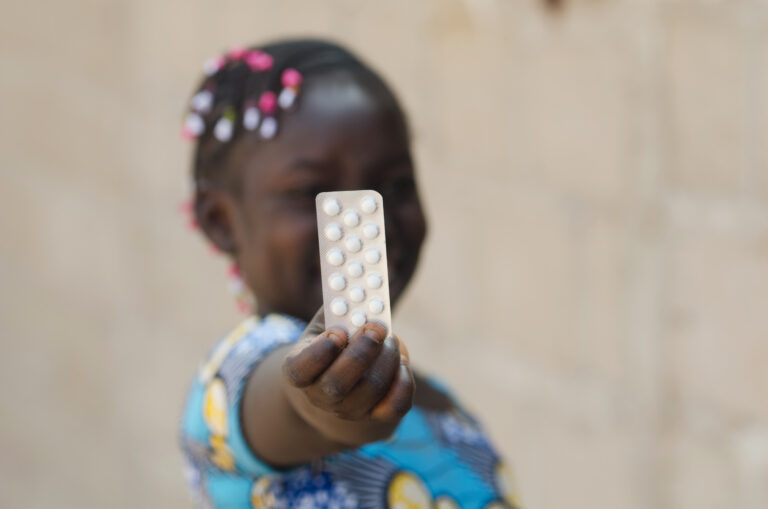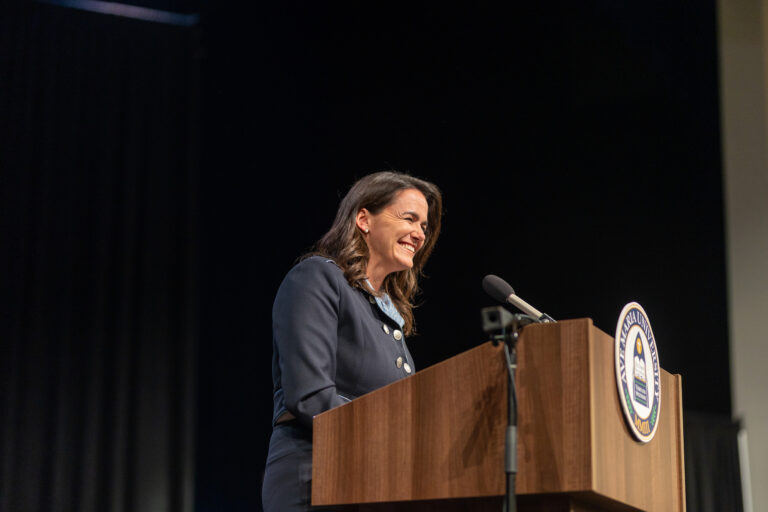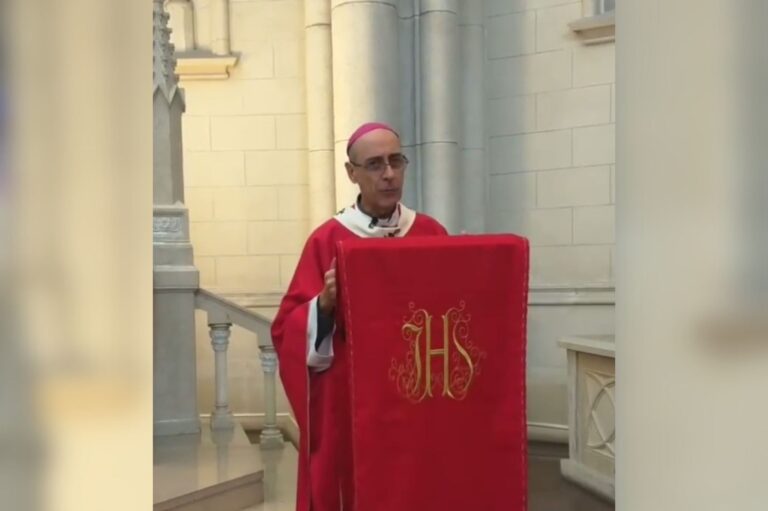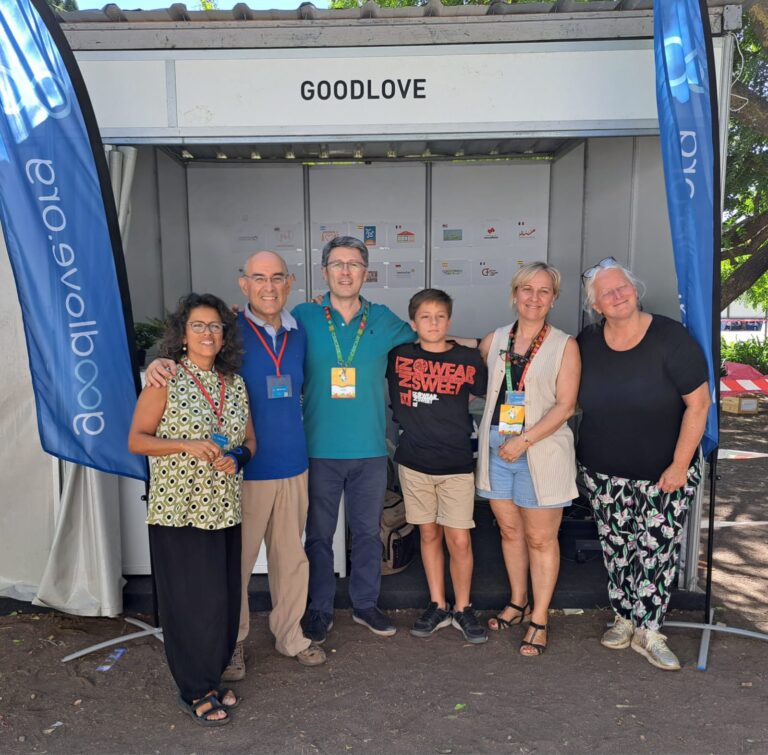In January 1998, PRI sent researcher David Morrison to Peru to investigate reports that women were being forcibly sterilized. What he discovered was a nationwide campaign, aimed specifically at sterilizing poor and working class women, especially ethnic minorities. The program operated by sending mobile sterilization teams, who would suddenly appear in an area and then leave as quickly, after sterilizing as many women as possible in a short time. Doctors and medical workers were given incentives to fill sterilization quotas. And these sterilizations were carried out in dirty rooms, with unsterilized equipment; post-operative care was nonexistent.
Most troubling was the lack of informed consent or, in some cases, even lack of knowledge that the procedure had been performed. Women were not told about possible side effects. Many were not even told that the operation was permanent.
David spoke with Dr. Yong Motta, health advisor to then-President Fujimori. Yong Motta defended the pressure tactics, saying, “If the Ministry of Health did not campaign house-to-house, people would not come.”
Victims of the sterilization campaign included Avelina Nolberto. The doctor performing her tubal ligation cut her intestines. She has suffered intense pain ever since, and has undergone several more operations, a great expense for a woman without health insurance. Victoria Vigo Espinoza was sterilized without her knowledge after going into premature labor with her third child. The baby died shortly after birth.
These women were the fortunate ones. Celia Durand went into a coma and eventually died after being pressured into having a tubal ligation. The campaign workers came day after day to her home, until she submitted to the operation.
The information uncovered by PRI in Peru led directly to the passage of the Tiahrt Amendment. Named for Congressman Todd Tiahrt (R-KS), the amendment was signed into law on 22 October 1998. With the passage of this law, coercion became an unacceptable part of any population control program funded by the U.S. government. The Tiahrt Amendment defined coercion to include those very abuses which were rampant in the Peru sterilization campaign — quotas, targets, bribery, and lack of informed consent.
In 1999, David Morrison returned to Peru to determine whether the abuses had ceased. Despite promises made by the U.S. Agency for International Development (USAID) and the Peruvian government that the abuses would be curbed, David found that very little had changed.
Then in 2000 a new government came to power in Peru. The Congress of this newly elected government authorized the formation of an independent commission to investigate the abuses that occurred during Fujimori’s reign. The report of the Peruvian congressional commission, called the Anticoncepcion Quirurgica Voluntaria, or AQV, Commission, notes that Fujimori’s coercive population control campaign “established demographic strategies and methods explicitly restrictive and controlling.” The report concludes that Fujimori should be indicted for genocide.
But Alberto Fujimori isn’t the only one condemned in this report. The United Nations Population Fund (UNFPA) is named as the “Technical Secretary” to the program. In addition, USAID is taken to task for their part in this brutal campaign. We present here a translation of the important sections of the report.










